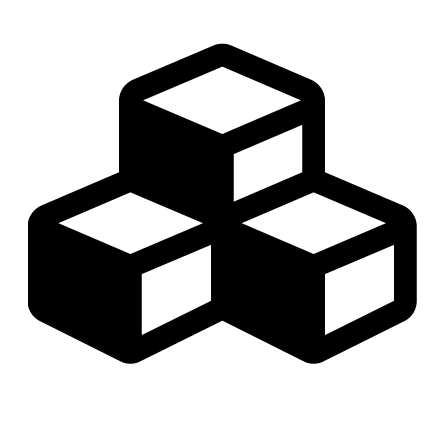Search Constraints
1 - 2 of 2
Number of results to display per page
View results as:
Search Results
-
- Creator:
- Nunley, Hayden, Xue, Xufeng, Sun, Yubing, Resto-Irizarry, Agnes M, Yuan, Ye, Yong, Koh Meng Aw, Zheng, Yi, Weng, Shinuo, Shao, Yue, Lubensky, David K, Studer, Lorenz, and Fu, Jianping
- Description:
- In an earlier study (Xue et al. Nature Materials 2018), stem cells differentiated into one of two cell types, neural plate border (NPB) or neural plate (NP), in vitro. This previous study demonstrated that this differentiation is likely mechanics-guided. Part of this demonstration was measurements of the displacement of microposts under the cell layer as the cells differentiate. These measurements suggested that the NPB cells are more contractile than NP cells. In a follow-up study (linked to this dataset), we quantitatively analyzed these data to demonstrate even further that the NPB cells are mechanically different than the NP cells and that the post displacement profile is not explained by a model of a cell layer with uniform mechanical properties. This analysis motivated the mathematical model -- for this cell colony system -- that we proposed and analyzed.
- Keyword:
- Biomechanics, Cell communication, Cell mechanics, Developmental pattern formation, Force sensing, and Vertebrate development
- Citation to related publication:
- Hayden Nunley, Xufeng Xue, Jianping Fu, David K. Lubensky bioRxiv 2021.04.30.442205; doi: https://doi.org/10.1101/2021.04.30.442205 and Xue X, Sun Y, Resto-Irizarry A.M. et al. Mechanics-guided embryonic patterning of neuroectoderm tissue from human pluripotent stem cells. Nature Mater 17, 633–641 (2018). https://doi.org/10.1038/s41563-018-0082-9
- Discipline:
- Engineering and Science
-
- Creator:
- Nunley, Hayden, Xue, Xufeng, Sun, Yubing, Resto-Irizarry, Agnes M, Yuan, Ye, Yong, Koh Meng Aw, Zheng, Yi, Weng, Shinuo, Shao, Yue, Studer, Lorenz, Fu, Jianping, and Lubensky, David K
- Description:
- In an earlier study (Xue et al. Nature Materials 2018), stem cells differentiated into one of two cell types, neural plate border (NPB) or neural plate (NP), in vitro with the NP forming a central circular domain. This previous study demonstrated that this differentiation is likely mechanics-guided. Part of this demonstration was measurements of the displacement of microposts under the cell layer as the cells differentiate. These measurements suggested that the NPB cells are more contractile than NP cells (see Dataset of cell layers on micro-patterned substrates compost of posts). The authors of the 2018 study and of a follow-up study further explored how the size of the NPB domain depends on experimental conditions (see Dataset of stem cell colonies differentiating in neural induction medium and code for analysis of resulting fate pattern). To further understand what factors could be driving NPB formation, we estimated cell area at the colony edge (see Dataset on cell areas and nuclear densities in differentiating stem cell colonies). This analysis inspired a mathematical model of mechanical patterning: fate affects cell contractility, and pressure in the cell layer biases fate. Cells at the colony edge, more contractile than cells at the center, seed a pattern that propagates via force transmission. We simulated the model in various cell geometries and for different substrates (see Code for simulating NP/NPB fate patterning in stem cell colonies). Strikingly, our model implies that the width of the outer fate domain varies non-monotonically with substrate stiffness, a prediction that we confirm experimentally. Our findings thus support the idea that mechanical stress can mediate patterning in the complete absence of chemical morphogens, even in non-motile cell layers, thus expanding the repertoire of possible roles for mechanical signals in development and morphogenesis.
- Keyword:
- Biomechanics, Cell communication, Cell mechanics, Developmental pattern formation, Force Sensing, and Vertebrate development
- Discipline:
- Science
4Works

